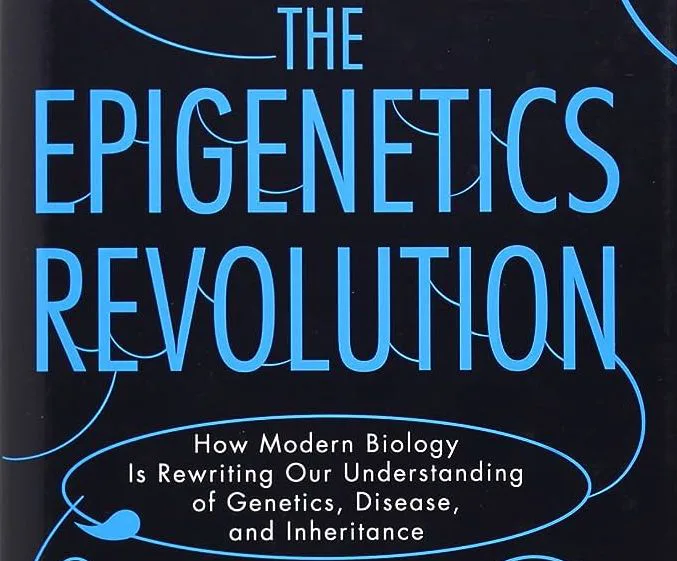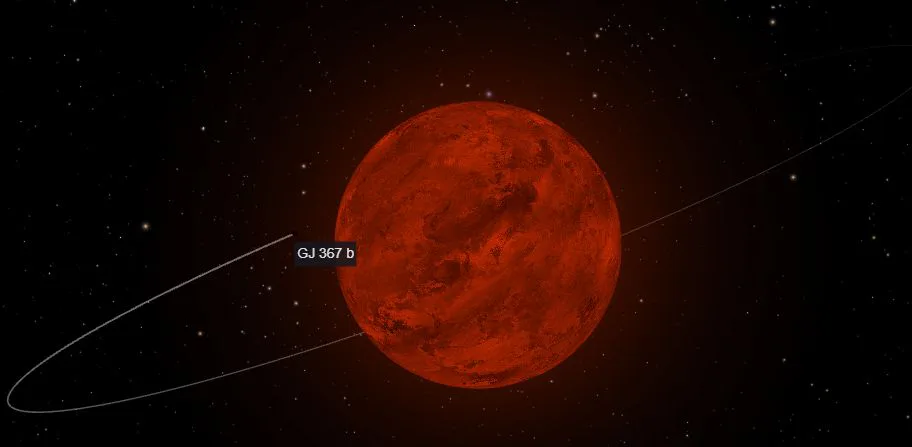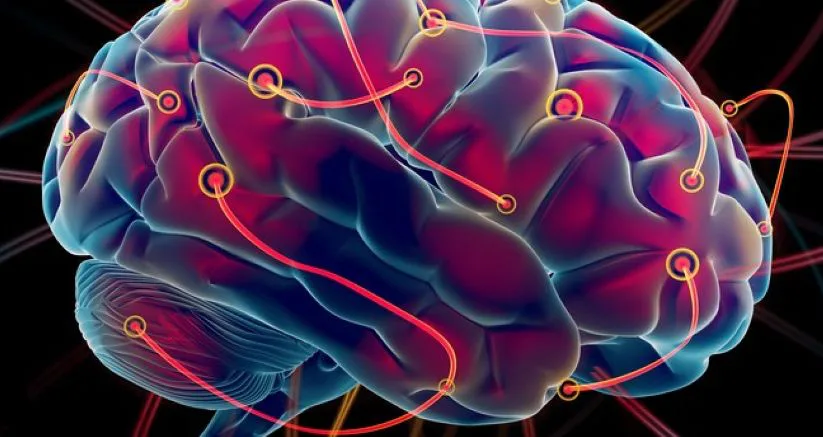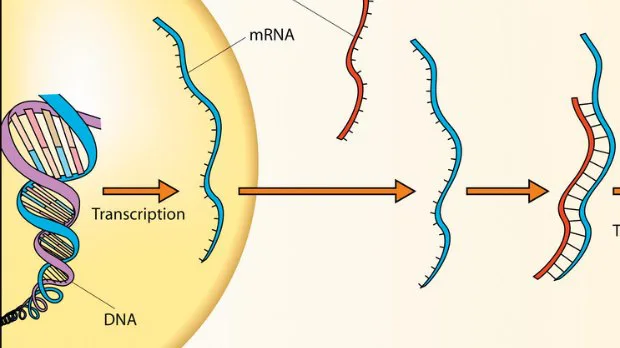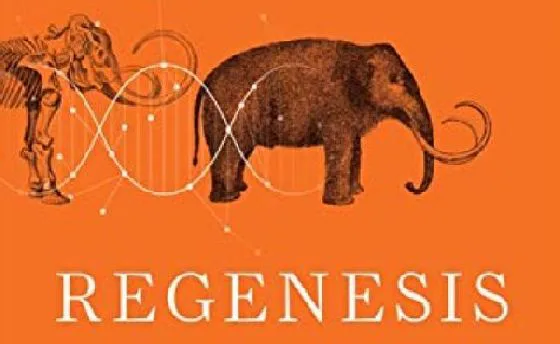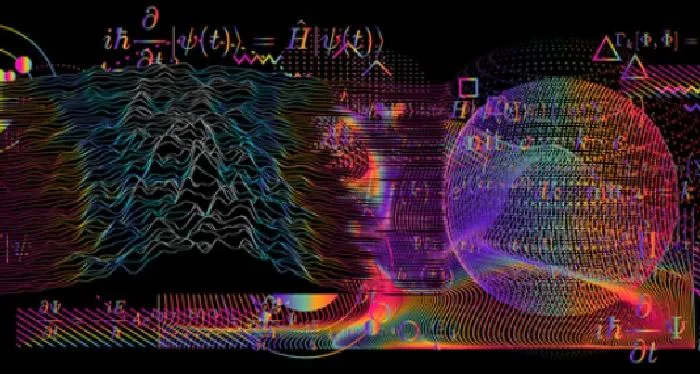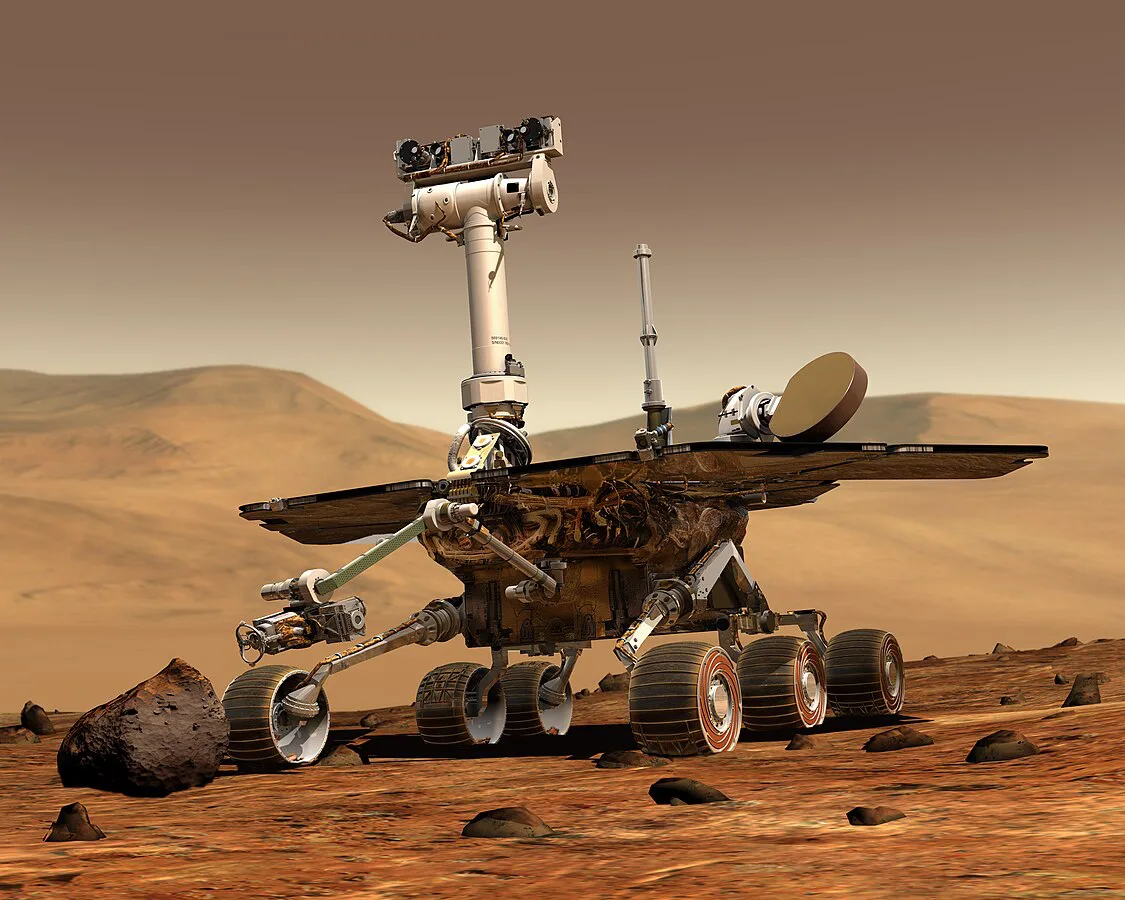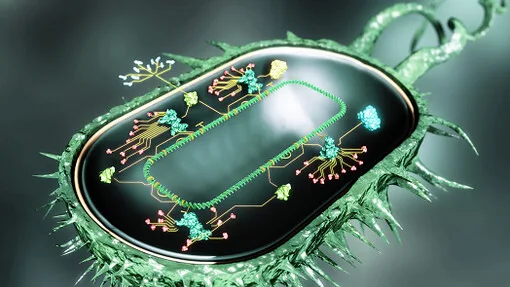Let’s step into the captivating world of epigenetics. It is a rapidly evolving science rarely explored beyond scientific literature. Very deftly, Dr. Nessa Carey has connected academia and scientific journalism into her groundbreaking book “The Epigenetics Revolution: How Modern Biology Is Rewriting Our Understanding of Genetics, Disease, and Inheritance”. The book was first published in 2012.
Read MoreAuthor: Pooja Kashyap
New Exoplanets Discovered in GJ 367: A Cosmic Surprise
In an effort to explore the mysterious GJ 367 planetary system, an international team of astronomers embarked on a dynamic quest. Armed with the High Accuracy Radial velocity Planet Searcher (HARPS), they set out to unravel the secrets hidden in the vastness of space.
Read MoreInterview: Dr. Monica Dus, Nutrigenomics Scientist at University of Michigan, United States
Meet Dr. Monica Dus, an extraordinary trailblazer in the field of biology whose passion for unravelling the mysteries of our genetic makeup and its interaction with nutrition has earned her widespread recognition. As an Associate Professor with Tenure at the prestigious University of Michigan, she stands at the forefront of cutting-edge research in Molecular, Cellular, and Developmental Biology. Beyond academia, Dr. Dus is a 2023 Guggenheim Fellow in Biology, a distinction that further underscores her outstanding contributions to the scientific community.
Read MoreLactate Enriches Neurogenesis: Neuronal Differentiation
Scientists at Tohoku University, Sendai, Japan made an exciting discovery regarding cellular mechanisms that assist in developing our brains. They discovered that lactate plays an important role in helping neural stem cells become specialized neurons. Lactate happens to be the by-product of exercise and metabolism. Researchers even gave this process a fancy name: neuronal differentiation.
Read MoreMolecular Biology of Insulin: Decoding its Secrets via Fruit Fly Discoveries
As the scientific revelation unfolded, the discovery of insulin became the life-saving elixir to people who were suffering from diabetes, globally. Although, terms like high sugar, glucose, insulin, diabetes, glycaemic index etc are very well known to most of the masses. Yet, the first step of insulin synthesis, has been a tantalizing secret, which is yet to be unravelled even by the researchers. In a similar quest, scientists at the University of Michigan observed the tiny world of fruit flies. They studied how insulin is made in fruit flies by…
Read MoreComputational Lithography: Illuminating the Future of Semiconductor Manufacturing
Tech behind computational lithography has revolutionised the way semiconductors are fabricated. By harnessing the power of computer algorithms and simulations, chip designs have become more efficient and powerful than ever before. Its ability to optimize lithographic processes have given a huge boost to the overall performance and energy efficiency of electronic devices. As we move forward, computational lithography is expected to merge with other technologies and re-shape the future where technology knows no bounds.
Read MoreBook Review: Regenesis by George M. Church and Edward Regis
Regenesis: How Synthetic Biology Will Reinvent Nature and Ourselves is an exhilarating journey that re-shapes our understanding of life itself. The book is written by George M. Church and Edward Regis. It was first published in 2012. The renowned geneticist and science writer collaborated to present an all-encompassing exploration of synthetic biology. And highlighting its thrilling potentialities along with obvious challenges. In this remarkable masterpiece, they have woven following three distinct levels of exploration.
Read MoreInterview: Dr. Yifan Zhu, Robotics Scientist at the University of Illinois at Urbana-Champaign
In the vast realm of the Intelligent Motion Lab, where the interplay of human ingenuity and technological wonders dance harmoniously, resides Dr. Yifan Zhu. A visionary soul, Dr. Zhu finds solace in the realm of robotics, under the wise guidance of Prof. Kris Hauser. Together, they delve deep into uncharted territories. Like a master sculptor shaping formless clay, Dr. Zhu’s focus lies in unravelling the secrets of deformable objects. Through painstaking analysis and intricate algorithms, he breathes life into these enigmatic entities, capturing their essence within a digital tapestry.
Read MoreControlling Atomic Quantum Dots with a Solid-State Device: Quantum Microscopy
Physicists and engineers have been working on quantum technologies, like quantum microscopes, for years. The tool enables for in-depth study of the properties of quantum particles and states. Recently, a team from SQC/UNSW Sydney and the University of Melbourne has developed a solid-state quantum microscope. The microscope can manipulate and analyse atomic qubits in silicon.
Read MoreInterview: Dr. Enrico Donato, BioRobotics Scientist at Scuola Superiore Sant’Anna, Italy
Dr. Enrico Donato is a Doctoral Researcher at the Brain-Inspired Robotics (BRAIR) Laboratory of The BioRobotics Istitute, Scuola Superiore Sant’Anna. With an insatiable appetite for scientific exploration, he delves deep into the fascinating realm of soft robotics. His mind dances with algorithms, composing intricate control models that breathe life into these mechanical marvels.
Read MoreSugar Additive Powers Up Flow Battery Performance: Energy Sweetener
Researchers from Pacific Northwest National Laboratory (PNNL) achieved a breakthrough by using a common food and medicine additive, β-cyclodextrin, derived from starch, in flow battery design. The battery maintained ability to store and release energy for more than a year of continuous charge and discharge.
Read MoreRobots making Autonomous Decisions on Extraterrestrial Missions: Learning to Learn
Rovers on Mars are constantly monitored and maneuvered by humans on Earth. However, robots on missions to Saturn or Jupiter’s moons can’t get timely commands from Earth. What if these machines could make decisions on the fly? Instead of waiting for an “order”, how about these bots making autonomous choice? Thinking on these lines of thought, researchers at the University of Illinois Urbana-Champaign came up with a cool way for these robots to decide where and how to collect terrain samples on their own.
Read MoreMysteries of Particle Collisions: Insights from Elastic Scattering
The world of quantum physics is filled with intricate interactions among elementary particles. Scientists are trying to find insights from these interactions. They call it the, elastic scattering. During elastic scattering, the particles involved exchange energy and momentum but do not undergo any particle creation or annihilation processes. The scattered particles typically change their direction and momentum after the collision but retain their original identities and properties.
Read MoreMinimal Organisms Shape Evolution: The Power of Simplicity
Genomes come in various levels of complexity. Of course, it also depends on the number of genes an organism possesses. A genome is set of genetic material or DNA (deoxyribonucleic acid) present in a living entity. It contains all the instructions necessary for an organism’s development, functioning, and reproduction. Not all living entities have equal number of genomes. Some bacteria, for instance, have very few genes, while plant and animal genomes can have tens of thousands.
Read MoreInterview: Dr. Maxwell Miner, Pharmaceutical Scientist at University of Turku, Finland
Dr. Maxwell Miner is a PhD candidate in the drug research doctoral program (DRDP) at the University of Turku working in the Roivainen group. In the realm of scientific exploration, his focus lies in the intricate art of crafting preclinical radiopharmaceuticals, harmonizing their elements to illuminate the hidden nuances of inflammatory diseases and gliomas within the captivating world of animal models.
Read More
